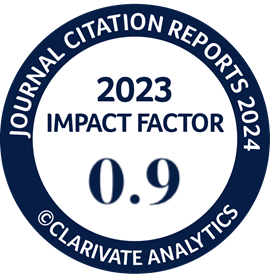Public Planner's Perception of the Community Participation in Planning and Operational Decision-Making in Iskandar Malaysia
DOI:
https://doi.org/10.4186/ej.2021.25.1.275Keywords:
community participation, planning decision, operational decision, Iskandar Malaysia, thematic analysis, public plannerAbstract
Rhetorically, effective community participation in urban planning helps the local planning authority in making a better decision, hence provided a sustainable and quality living environment to the community. The allocation for the community to participate in urban planning in Peninsular Malaysia is highlighted in the Town and Country Planning Act 1976 (Act 172). This study attempts to examine the effectiveness of community participation in planning and operational decision-making in Iskandar Malaysia. Iskandar Malaysia comprises of four local planning authorities that are responsible for governing the spatial planning in the region. Thus, it leads to the questions; what constitutes the effectiveness of community participation in the planning process? To what extent does the current participatory process offer a genuine opportunity to the community to incorporate their interest in the planning and operational decisions? This phenomenological study used thematic analysis to evaluate the insight claimed by selected public planners as the key-informants using the in-depth interview as the method for data collection. Following the 12 interviews conducted; a total of 37 themes and 68 sub-themes are transpired. A table is used to presents the factors that influence the effectiveness of community participation in Iskandar Malaysia. The findings suggested that public planners in Iskandar Malaysia believed the effectiveness of community participation in the region is significantly associated with the operational compared to structural and cultural dimensions of the process, hence hinder the capability of the community to access to genuine participation avenue.
Downloads
Downloads

Authors who publish with Engineering Journal agree to transfer all copyright rights in and to the above work to the Engineering Journal (EJ)'s Editorial Board so that EJ's Editorial Board shall have the right to publish the work for nonprofit use in any media or form. In return, authors retain: (1) all proprietary rights other than copyright; (2) re-use of all or part of the above paper in their other work; (3) right to reproduce or authorize others to reproduce the above paper for authors' personal use or for company use if the source and EJ's copyright notice is indicated, and if the reproduction is not made for the purpose of sale.








